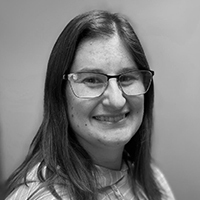Question
What is a specialty bed, and what classifies a bed into a specialty or safety bed category?
Answer
First and foremost, a crucial prerequisite is obtaining FDA approval. Additionally, the product must be assigned the appropriate insurance code, as well as possess an HPIC code, or alternatively, be assigned a specialized code to underscore its distinct nature or its function as a safety bed.
It is reasonable to assume that most individuals within the field of physical therapy are acquainted with the conventional hospital bed, characterized by its capacity to elevate the head or foot and featuring side rails. This conventional configuration classifies a bed as a hospital bed. Both children and adults would require a safety bed when a conventional hospital bed fails to address their specific needs adequately.
To confer the classification of a safety bed, stringent adherence to the FDA's rigorous approval process is obligatory. It is worth noting that items such as the tented enclosures that one might encounter at retail outlets like Walmart or Target, and which may be situated above a child's bed, possess a distinct FDA approval to go on a bed, albeit not within the realm of safety or specialty beds. Therefore, even though they have secured a certain level of FDA approval to be situated on a bed, they are not designated as coded, FDA-approved safety or specialty beds.
To achieve the status of an FDA-approved safety specialty bed, the product must undergo a meticulous series of tests and meet specific codes. The bed must prevent the occurrences of entrapment, entanglement, and strangulation. Moreover, these beds must be appropriately coded and rated not only to ensure individual safety but also to guarantee their suitability from a medical perspective. This aspect is of paramount importance. These beds serve individuals when conventional side rails or hospital beds fall short and are necessitated for medical or safety motives.
This Ask the Expert is an edited excerpt from the course Pediatric Specialty Beds by Lindsey Veety, PT, DPT, ATP/SMS
